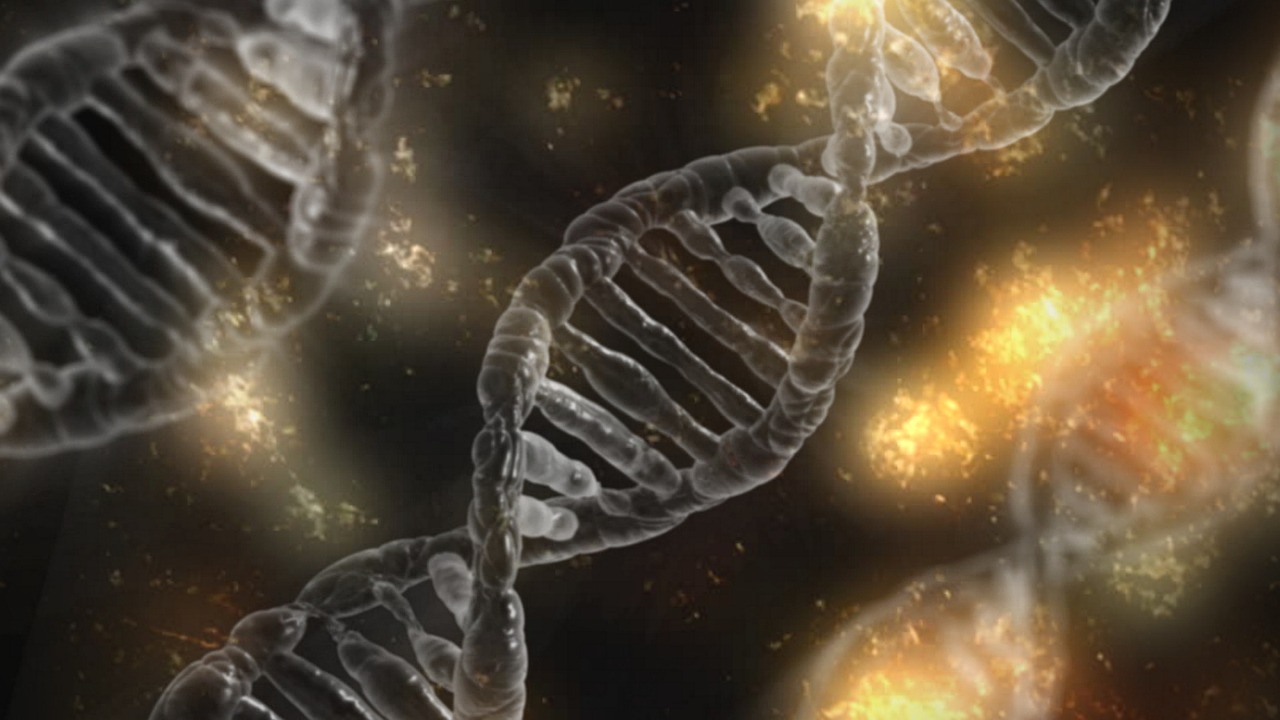Photo courtesy of Pixabay What is Kallmann Syndrome? Kallmann syndrome is a genetic condition characterized by an impaired sense of...

Photo courtesy of Pixabay What is Kallmann Syndrome? Kallmann syndrome is a genetic condition characterized by an impaired sense of...
© 2025 jackomd180. All rights reserved.